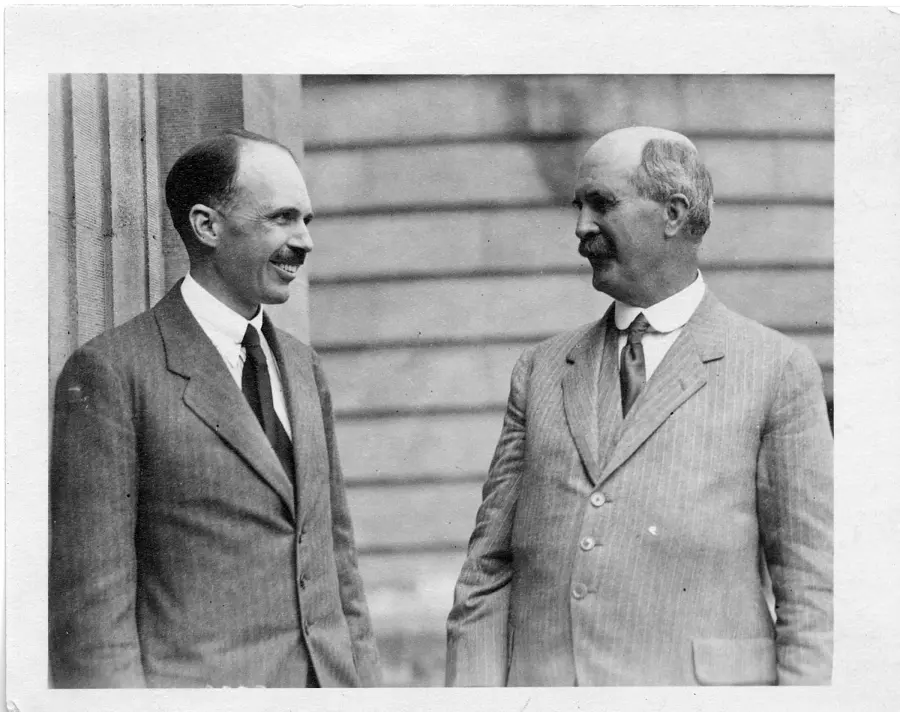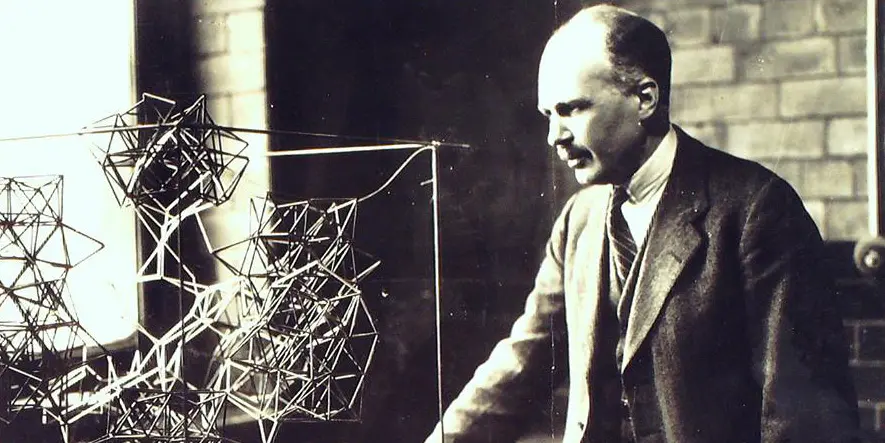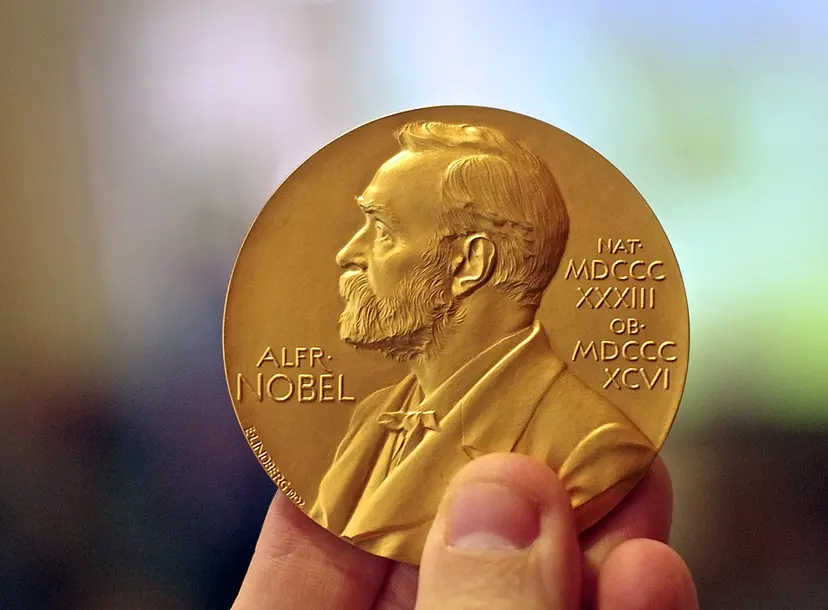The image of the lone scientist experiencing an isolated moment of genius is a powerful one. The apple falling on Newton's head, Einstein singlehandedly revolutionising our understanding of reality, the Eureka moment.
But collaboration and connection are necessary to foster such individual inspiration and share it with the world; and even to trigger it in the first place.
The Nobel Prizes in Chemistry, Physics and Medicine – among the highest accolades in science – are most commonly awarded jointly. This recognition of two or three people for one discovery acknowledges the collaborative nature of scientific breakthroughs, but there remains a wider story to tell: of the powerful role of imagination and community in scientific advance.
Popular TED-talker, Martin Reeves, is a trustee of the London Institute of Mathematical Sciences and will speak in the theatre here at the Royal Institution in the new year. As co-author of The Imagination Machine, Reeves emphasises the role of experimentation and collaboration in turning ideas into reality, challenging our romanticised view of imagination as a solely individual and mental pursuit.
“Heroic stories of lone visionaries,” he says, “may lead us to view imagination as an individual, momentary and mystical process. In practice, imagination which succeeds in creating new knowledge, products and realities is a communal, multi-step process which is every bit as shapeable as any other unpredictable aspect of human affairs.”
The collaborative research lab is the perfect setting for this form of practical imagination, where ideas can constantly be tested through both experimentation and discussion.
One area of science in which this communal research culture has been particularly important – and one whose breakthroughs have received a fair share of Nobel prizes – is X-ray crystallography. The term may not be a household name, but the advances it has led to certainly are, from the uses of penicillin and insulin to the discovery of the double helix structure of DNA itself.
The origins of this branch of science, which is used to determine atomic structures, came from Max von Laue, Paul Knipping and Walter Friedrich’s early experiments with diffracting X-rays through crystals in 1912.
This work was quickly taken up by the father-son team of William Henry and William Lawrence Bragg, who built on these discoveries to use X-rays to determine the position of atoms within a crystal. The importance of this newly emerging field of science was confirmed with back-to-back Nobel Prizes in Physics for von Laue and the Braggs in 1914 and 1915 respectively (as Knipping and Friedrich were von Laue’s assistants, they were not officially recognised, but von Laue gratefully acknowledged their work and shared the prize money with them).

But perhaps of more significance to the development of science than these initial discoveries was the Braggs’ fostering of a strong research culture for X-ray crystallography.
They both became the heads of key research labs which were the sites of important advances: William Henry at University College London and William Lawrence at the Cavendish Laboratory at Cambridge. These labs not only contributed to developments in crystallography but also forged strong bonds between the scientists working there, as shown by the fact that both Braggs brought researchers from their previous labs with them when they took up the role of Director of the Davy-Faraday Research Laboratory at the Royal Institution (William Henry in 1923 and William Lawrence in 1954).
William Henry brought his entire group of 18 research students with him from UCL, 11 of whom were, unusually for the time, women. Thirty years later, Max Perutz and John Kendrew of the Cavendish laboratory became readers in crystallography at the Royal Institution under William Lawrence’s directorship. Perutz and Kendrew were awarded the Nobel Prize for Chemistry sixty years ago in 1962 for their work on determining the structures of haemoglobin and myoglobin.
That year’s awards were of great significance for X-ray crystallography, as Francis Crick and James Watson, who had worked alongside Perutz, Kendrew and William Lawrence at Cambridge, were famously awarded the Prize for Medicine for the discovery of the double helix structure of DNA. They were recognised alongside Maurice Wilkins due to the use of his data, but controversially Rosalind Franklin, whose data had also been central to the discovery, was not formally acknowledged. Franklin had sadly passed away in 1958, and the Nobel Prizes tend not to be awarded posthumously, but debates continue today over her lack of recognition.

The final scientific Nobel Prize of 1962, in Physics, was awarded to Lev Landau, a Soviet physicist, for his theory of superfluidity. The London Institute of Mathematical Sciences has recently created five research fellowships in Landau’s name for early-career Russian scientists to find refuge from the current regime, in London. This international outreach keeps alive the Braggs’ spirit of collaboration within the walls of the Royal Institution, where the London Institute is now based, and reminds us of the importance of creating environments which support the imaginative process, and in working together across borders.
As we think about these connections between scientists, past and present, working together in labs or across borders, we can take the opportunity to reflect on what we know to be true, but often forget: that science is a collaborative process. The connections between people and the environments in which they work are essential in shaping the ideas which may originate with an individual’s imagination, but are nurtured and brought into tangible realities, as Martin Reeves reminds us, through collaboration. And whilst the traditional view of imagination may paint it as an elusive muse, by focusing on creating nurturing environments and relationships, we can cultivate an atmosphere in which the scientific imagination flourishes.
About the author
Megan Stephens is an AHRC-funded PhD student researching representations of death in contemporary media. She is currently applying her research skills to the archives and history of the Royal Institution as part of a 3-month internship.
